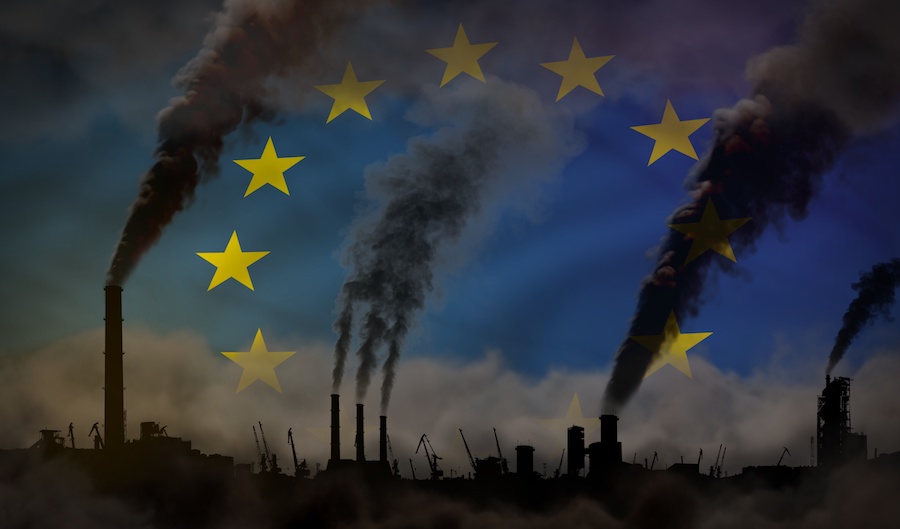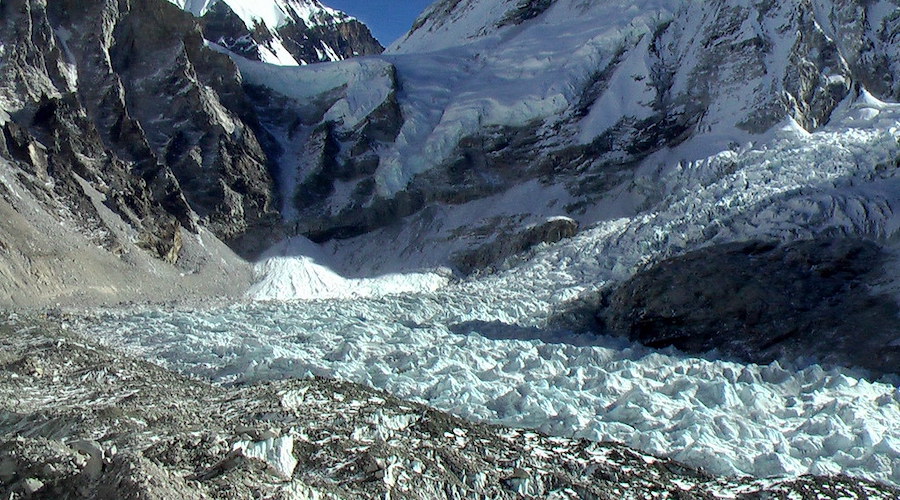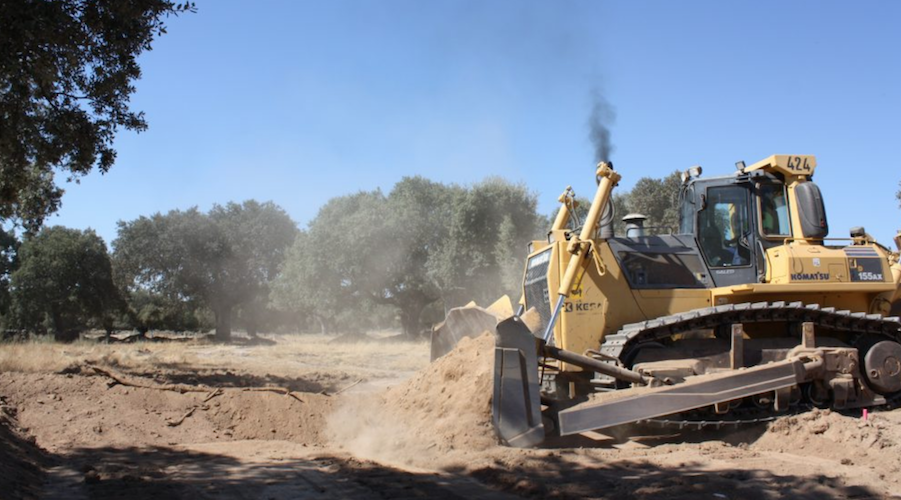Tom Yun
Published Sunday, July 11, 2021

CTV National News: Richard Branson reaches space
TORONTO -- In the wake of British billionaire Richard Branson’s historic journey to the edge of space on Sunday, astronomers are heralding this achievement as a significant step forward when it comes to making space exploration more accessible.
The 71-year-old founder of Virgin Galactic isn’t the first civilian to visit space. However, he is the first to make that journey with a commercial spaceflight company. He made the successful journey on Sunday.
“Well, it's definitely a notable day for the business of space and space tourism. While we've had private individuals who've gone to space before, it's always been at very high costs,” said York University earth and space science Prof. John Edward Moores in an interview with CTV News Channel.
The first space tourist was U.S. millionaire Dennis Tito, who shelled out US$20 million in 2001 for a trip to the International Space Station. Virgin Galactic, on the other hand, is charging US$250,000 for the flight, with more than 600 would-be space tourists having already booked reservations.
“While still out of reach for the vast majority of people, this probably expands the number of private individuals who could consider a trip to space,” said Moores.
Yale University astronomy and physics Prof. Priyamvada Natarajan called Branson’s journey, “a real milestone for human exploration.”
“The instinct for exploring and to go beyond is so deeply human that this was nevertheless going to be the next frontier, and (Branson) must be really, really thrilled, I can imagine,” she told CTV News Channel.
Branson’s journey went off without a hitch and Moores says this also underscores the improvements that Virgin Galactic has made when it comes to safety.
“There's always a little bit of risk and Virgin Galactic has had accidents and setbacks in the past, just like NASA and other space agencies,” he said. “But with every flight… things get just a little bit safer as well and opens it up to a bigger group of people with not as much training as what we think of when we think of an astronaut classically.”
Branson isn’t the only billionaire interested in space. Amazon founder Jeff Bezos is also set to travel to space on July 20 with his own space company, Blue Origin.
Elon Musk’s SpaceX also has plans for a maiden commercial spaceflight in September, though Musk himself hasn’t said whether he plans on making any trips to space himself. SpaceX plans to take tourists on more than just brief, up-and-down trip. They will instead go into orbit around the Earth for days, with seats costing well into the millions.
Private space companies such as Virgin Galactic, SpaceX and Blue Origin have already been taking on a growing role in participating in space missions led by governmental space agencies such as NASA.
“Space travel tends to be all about collaboration,” said Moores. “These companies are not really launching the missions themselves. They're in a sense, contractors. So, if you have a mission you want to launch and you have the money, you can bring groups of these companies together to actually accomplish that.”
For these companies, space tourism is the next step. Even though it will still be financially out of reach for most, Moores says the advent of commercial spaceflight can make space accessible to the public in other ways, as more people experience the “excitement” and “thrill of discovery.”
“With advances like these, eventually you'll get more people who can share that excitement of actually having been there and can come back and tell their story to others,” Moores said.
With files from The Associated Press
Billionaire Richard Branson reaches space in his own ship
Drought-hit New Mexico town eyes economic liftoff from Virgin Galactic space launch
Billionaire Blastoff: Rich riding own rockets into space


















